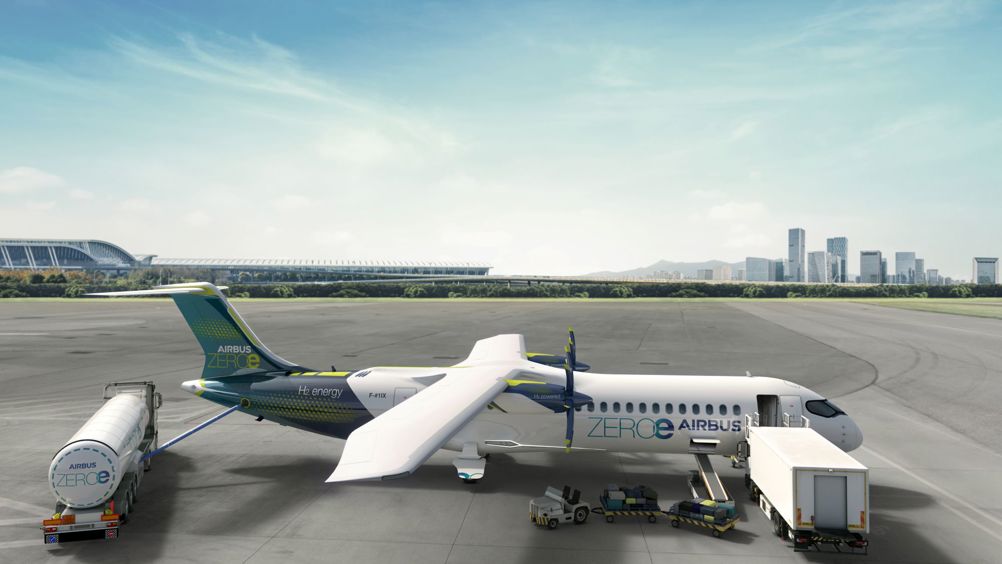Airbus sets sights on Scandinavian H2 flight network
More than 50 airports across Norway and Sweden are set to participate in a pilot project to test the feasibility of hydrogen-powered regional flight in Scandinavia.

The project follows a Memorandum of Understanding (MoU) signed by Airbus with Norway and Sweden’s respective airport operators Avinor and Swedavia, as well as Scandinavian flag-carrier airline SAS and Swedish energy giant Vattenfall. According to the partners, the aim of the collaboration is to develop the hydrogen aviation ecosystem across both countries, gaining knowledge around H2 aircraft concepts as well as operational, infrastructure and refuelling needs.
“Hydrogen stands out as a key enabler as we pioneer a sustainable aviation future,” Airbus CEO Guillaume Faury said in a statement. “Norway and Sweden are among the most demanding regions for aviation and have great potential for hydrogen production from renewable energy sources. I am very pleased to enter into this cooperation with partners fully engaged to take significant steps towards decarbonising aerospace. It fits perfectly with our strategy of deploying hydrogen aviation ecosystems in the most suitable parts of the world.”
In 2020, Airbus announced it was targeting the introduction of commercial hydrogen aircraft by 2035. Its ZEROe project features three design concepts: an H2 turbofan aimed at the 2,000 nautical miles, the 120–200 passenger segment; a smaller turboprop concept catering for flights of around 1,000 nautical miles; and a futuristic blended-wing aircraft that points to a hydrogen-powered future where airframe design could look radically different.
Register now to continue reading
Thanks for visiting The Engineer. You’ve now reached your monthly limit of news stories. Register for free to unlock unlimited access to all of our news coverage, as well as premium content including opinion, in-depth features and special reports.
Benefits of registering
-
In-depth insights and coverage of key emerging trends
-
Unrestricted access to special reports throughout the year
-
Daily technology news delivered straight to your inbox










Water Sector Talent Exodus Could Cripple The Sector
One possible reform to the Asset Management Plan (AMP) system would be to stagger the five year cycle across the ten or so water businesses, so that...